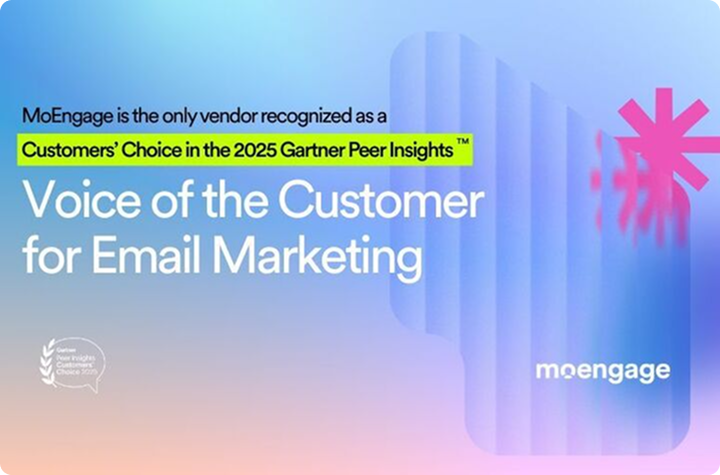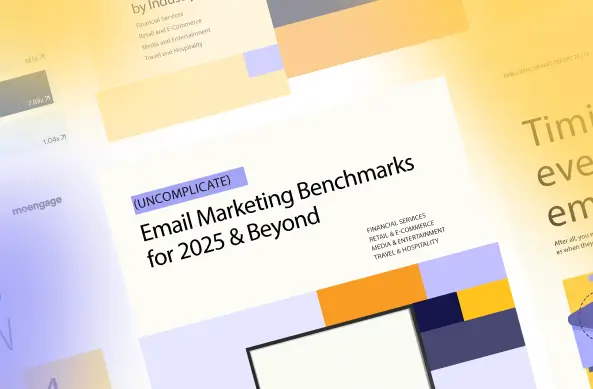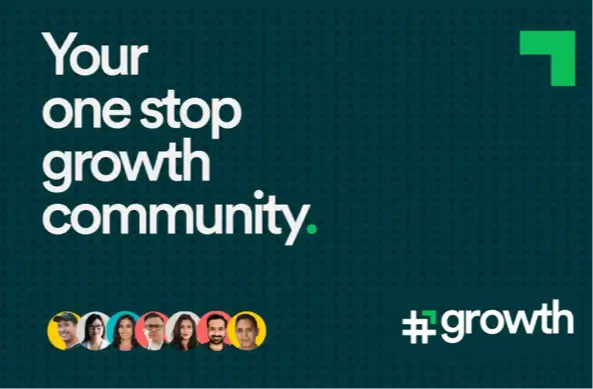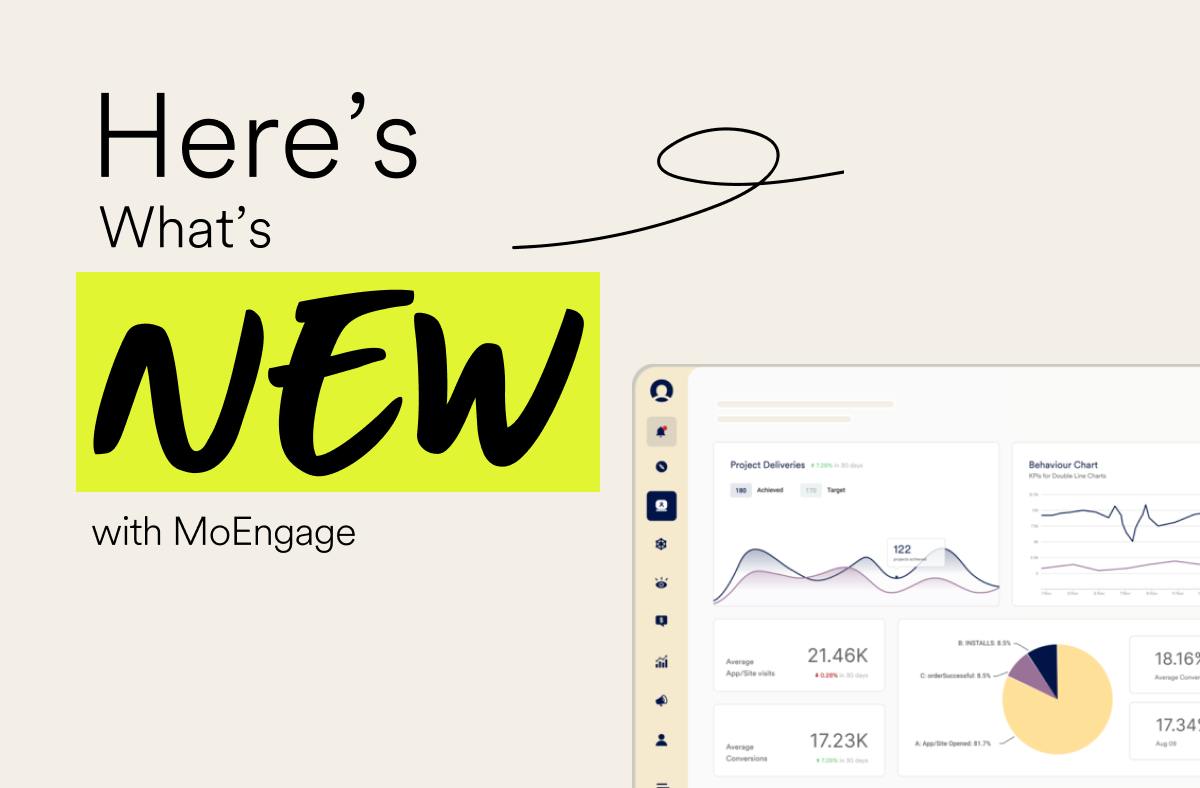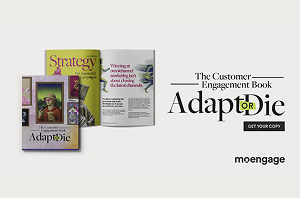Stacey Hunsdon Q&A: Customer Engagement Book Interview
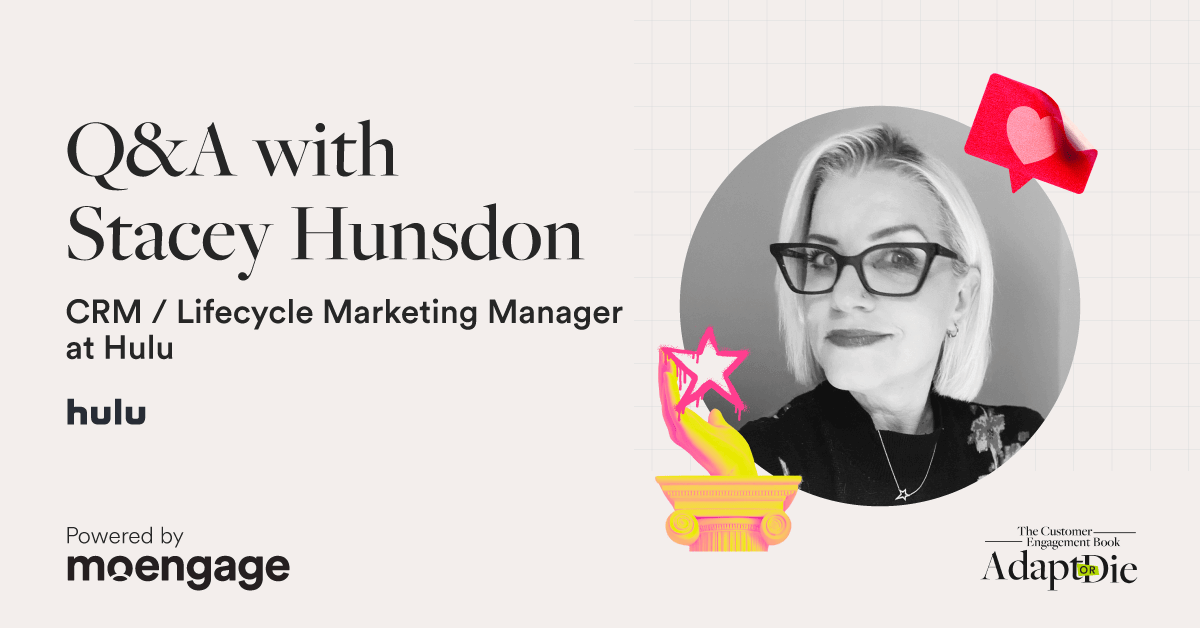
Reading Time: 5 minutes
Understanding and mastering customer engagement is a necessity for today’s B2C marketers.
That’s why we sat down with Stacey Hunsdon, a seasoned lifecycle marketing professional, to delve into the nuances of customer engagement within the modern business context as part of our recently published book on customer engagement.
Stacey brings a unique perspective to “Chapter 2: Impact,” and shares how customer engagement is measured and optimized in the fast-paced world of streaming, where watch hours reign supreme.
In this interview, she unpacks strategies for demonstrating the financial value of retention, how to balance acquisition with loyalty, and the pivotal role data plays in driving successful engagement initiatives.
Join us as we uncover Stacey’s expertise and glean actionable advice that can transform how you approach customer engagement in your organization.
Stacey Hunsdon Q&A Interview
1. How do you define the impact of customer engagement on a company’s bottom line?
At the company I work for—a leading streaming service—customer engagement is evaluated differently from traditional retail or B2B models. Our primary metric is viewer watch hours.
When assessing the performance of email and push campaigns, we measure success by the incremental lift in watch hours attributable to users who received the campaigns. These watch hours directly translate to monetized ad revenue.
We leverage randomized control testing by assigning a portion of users to receive the campaign (test group), while another segment does not (control group). This approach allows us to accurately isolate and quantify the incremental impact of our messaging efforts.
2. How can marketers demonstrate the financial value of retaining customers versus acquiring new ones?
Customer acquisition is often driven by incentives such as discounts or time-sensitive offers designed to prompt an initial purchase or signup. These promotions, while effective, are typically short-term plays.
In my opinion, customer retention needs to start from day one. A well-designed onboarding or welcome series is critical to setting the tone for long-term engagement and maximizing lifetime value.
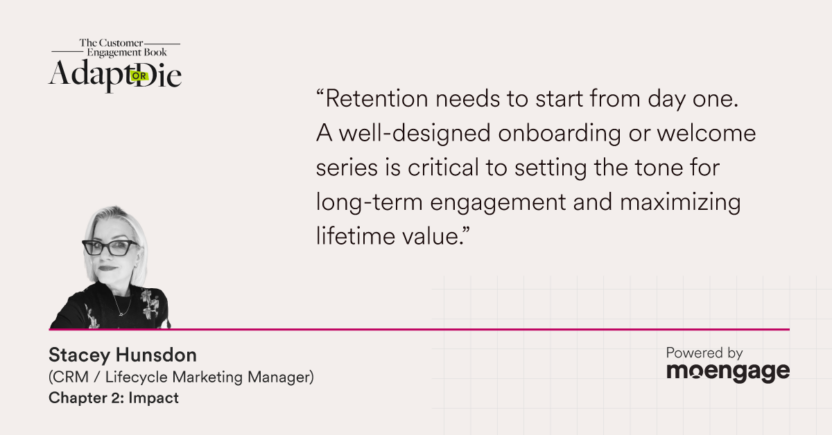
I recommend implementing a structured engagement program—for example, over a 45-day period—that educates users, encourages usage, and drives deeper product interaction (or in our case, more viewing hours). Ongoing communication is critical. Many customers drop off shortly after the initial interaction simply due to a lack of follow-up.
A well-paced messaging cadence is essential to maintaining their interest and guiding them toward loyalty.
3. Why do you believe retention should take precedence over acquisition in a company’s strategy?
Retention is rooted in brand loyalty.
When customers consistently experience value and positive interactions with a brand, they’re more likely to stay engaged and become advocates. Some brands stand out in my inbox (I open every email they send) because I associate them with quality, relevance, or exceptional service.
That emotional connection transforms occasional customers into long-term loyalists. The key is to nurture that connection without overwhelming them.
It’s important to strike a balance—keeping customers feeling appreciated and engaged without oversaturating them with offers or constant outreach.
4. How do you balance the need to retain existing customers with the pressure to grow through new customer acquisition?
While I’m not directly responsible for new acquisitions, I do manage initiatives around reacquisitions, particularly targeting lapsed or cancelled customers.
Reacquisition efforts are typically driven by promotional offers. For example, our largest win-back campaign of the year occurs during Black Friday.
We identify former subscribers and reach out with compelling promotional messaging, which consistently proves effective in bringing many of them back.
Often, these customers initially joined through a promotion, left when it expired, and then return once a new offer becomes available. We understand these behavioral patterns and plan accordingly.
5. How can companies effectively leverage data to measure the success of customer engagement initiatives?
Data tools like Tableau are invaluable for building interactive dashboards that track performance metrics.
In our case, we measure key data points such as total watch hours generated, viewing behaviors by genre or title, and engagement duration. This backend data allows us to make informed decisions on audience segmentation and campaign targeting.
We also integrate CRM tools to centralize and visualize campaign performance. Many of these platforms offer robust, out-of-the-box analytics capabilities that are essential for anyone running a scaled CRM program.
Having access to these insights is critical for strategic decision-making.
6. How do you tie customer engagement data to broader business KPIs like revenue and customer lifetime value or profitability?
For our business, the primary KPI is watch hours, as those directly correlate to ad revenue. Users on ad-supported plans generate revenue based on the volume of ads served during their viewing sessions.
In a retail setting, the same principle applies: engagement data—such as site visits, product views, or abandoned carts—can inform personalized messaging that ultimately drives conversions.
It’s all about aligning behavioral data with business outcomes.
7. What strategies have you used to prove the ROI of customer engagement programs to key stakeholders?
At a previous role in the banking industry, I developed a 45-day onboarding program for new checking account holders. We tracked downstream engagement such as credit card adoption, mortgage applications, or overdraft enrollments.
Every 90 days, I produced a report summarizing the program’s performance—highlighting both the conversion metrics and unsubscribe behavior. This helped us understand not only what was working, but also where we could reduce unnecessary touchpoints.
It’s important to measure both engagement and disengagement to maximize ROI.
8. How can marketers overcome challenges in attributing revenue or profitability to their customer engagement efforts?
Attribution starts with tracking. Whether through campaign identifiers, direct response codes, or digital tracking pixels, it’s essential to tag each touchpoint. For email, attribution is straightforward thanks to built-in analytics.
With offline channels like direct mail, attribution is more complex—but still possible through control groups and unique offer codes.
Using test vs. holdout methodologies allows us to gauge the true incremental impact of a campaign, even when exact attribution is difficult.
9. What advice would you give to marketers trying to build a business case for investing in customer engagement technology?
I think it’s a no-brainer to have a customer engagement technology platform. I wouldn’t even imagine not having one if I had my own business.

For companies just getting started, I recommend piloting a lower-cost solution for a limited time, say six months, to test its impact.
From there, you can scale up to more advanced tools as your needs evolve. Many platforms now offer intuitive automation features, making it easier than ever to experiment with cadence, segmentation, and messaging strategy.
The results speak for themselves once testing is in motion.
This interview Q&A was hosted with Stacey Hunsdon, Senior CRM / Lifecycle Manager at a leading streaming service for Chapter 2 of The Customer Engagement Book: Adapt or Die.
Download the PDF or request a physical copy of the book here.


